Slideshow: Get Kids to Eat More Vegetables
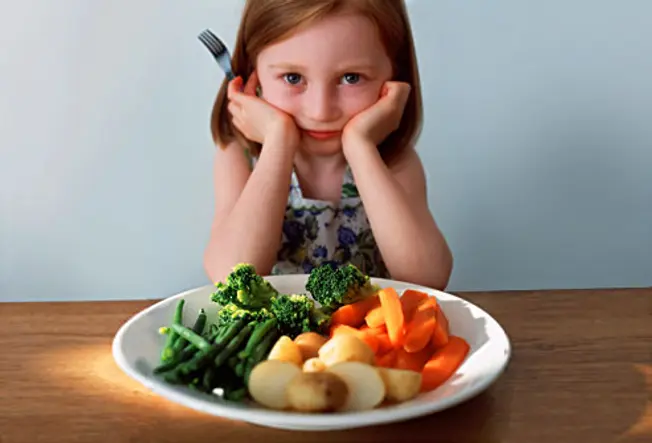
A Half-Plate of Veggies and Fruit
Getting kids to eat more veggies doesn't have to be a fight. You can try lots of creative ways to introduce and serve them.
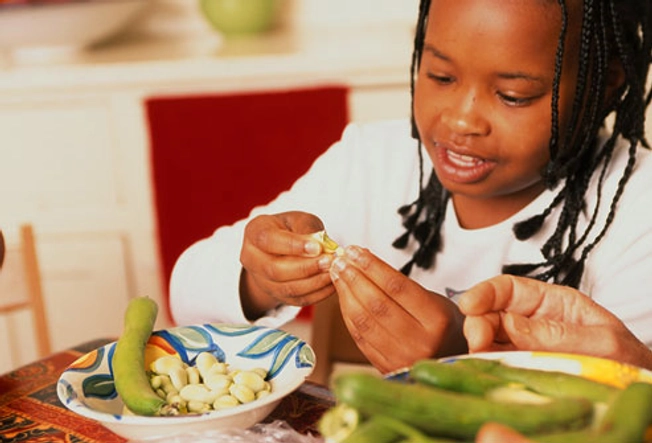
Get Kids in the Kitchen
Take them to a farmers market or grocery store and have them pick out a veggie. Let them wash, peel, and slice it and help choose how to cook and flavor it. Kids will be more likely to eat what they helped to make.

Offer Veggies With Fave Foods
If your child already likes plain pizza, see if they'll try adding a single veggie topping. Some kids don't like to mix foods -- especially messing with one they think is already perfect. But some will be willing to experiment. Set up bowls of veggies for pizza night, taco night, or salad night and let the family go wild. Kids may be tempted by all the choices and the hands-on fun.
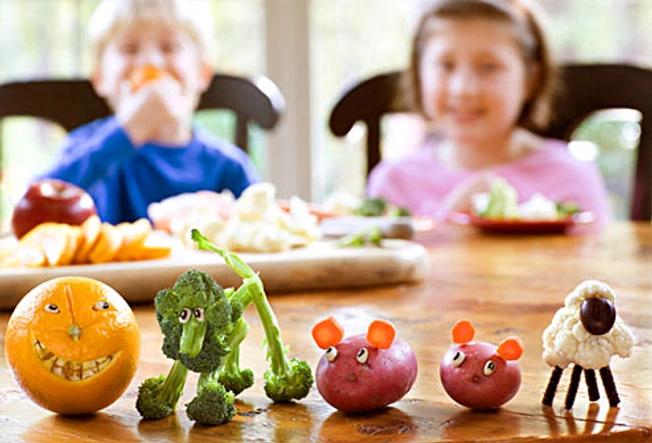
Make Veggies Fun
For a young child, making faces with cut-up veggies may help get them from their plate to their mouth. Calling broccoli "trees" or cauliflower "brains" can make them much less intimidating. Making food mini-sized also can make it more kid-friendly.

Don't Battle Over Veggies
When you're frustrated that your child won't try a veggie, it can be tempting to get mad or force them to clean their plate. But resist the urge. Forcing a child to eat something can cause them to avoid it later, even as an adult. If they push their plate away, don’t react one way or another. But don’t give up on serving veggies for good, either.

Offer One New Vegetable Plus a Familiar One
Don't overwhelm your child by serving an entire plate of foods they don't recognize or like. Ask them to try one new vegetable at a time. Make the first serving small. Also make sure you serve other familiar foods they already like, hopefully including at least one veggie. That way you can encourage them to try the new food, but you'll both know they'll have something to eat if they aren't a fan.

Don't Give Up
If you've offered broccoli or spinach to your child several times and they've made a yucky face, don't give up. Kids' tastes change as they grow. They might have to try a new food a dozen times before they like it.
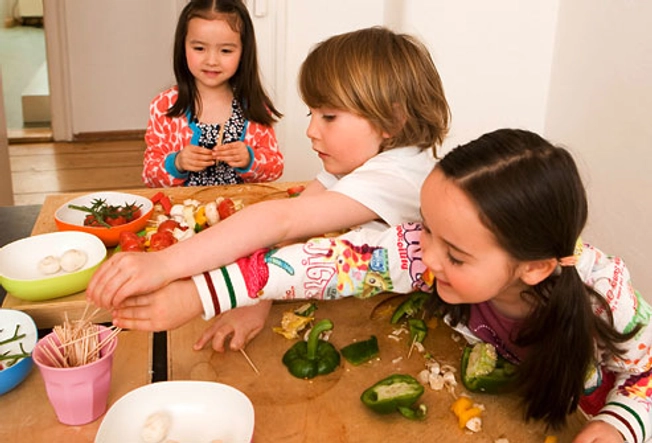
Take Advantage of Peer Pressure
Does your child have a friend who is an adventurous eater? Invite them over for dinner and serve up some new veggies. Peer pressure may work in a good way, and your child may be more likely to try a new dish if their buddy is bold enough to try it first.

Roast Veggies
Sometimes kids don't like vegetables because they're too mushy or taste too strong. Try roasting them to get a flavor and texture kids will like. They’ll be soft on the inside and crispy on the outside -- like french fries. It also brings out the natural sweetness in vegetables so they don't taste as intense as they might when they're raw. Try drizzling them with olive oil and sprinkling with some parmesan cheese before you pop them in the oven.
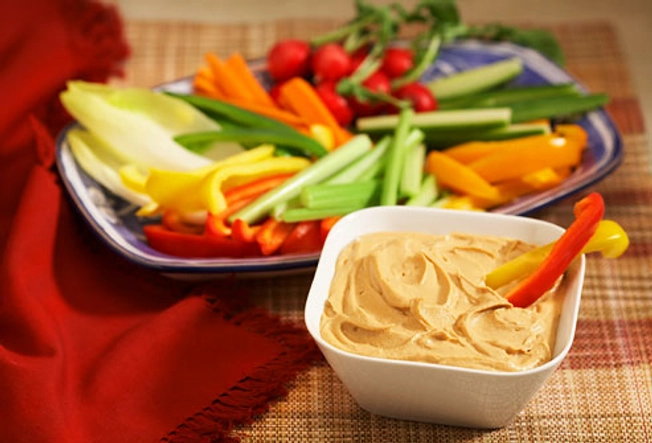
Serve Veggies and Dip
A healthy dip like hummus may make raw vegetables more appealing to kids. (Don't serve sour cream or mayo-based dips.) Offer an array of baby carrots, snap peas, and other veggies with a bowl of tasty dip. Besides hummus, find a healthy recipe for ranch dressing that uses plain, low-fat yogurt instead of mayo. Kids like the act of dipping and they like eating foods with their fingers.

Have Veggies Everywhere
If veggies are within reach, your child will be more likely to eat them when they’re hungry. Cut up carrots, broccoli, and bell peppers and make sure they're sitting out when you're making dinner. If they ask for a pre-dinner snack, make that their only choice. Always have clean, cut-up veggies sitting up-front in the fridge where they're easy to see when your child is searching for food.

Set a Good Example
It's hard to convince a child to eat Brussels sprouts if you won't go near them. So eat veggies yourself and make sure your child is watching. If you're not a big vegetable fan, then have grandma or the sitter take on the role of veggie booster. Sometimes kids will listen to other people more than they'll listen to mom and dad.
Show Sources
IMAGES PROVIDED BY:
1. Tim Platt / Photonica
2. Trish Gant / Dorling Kindersley
3. Westend61 / the Agency Collection
4. WebMD
5. Misty Bedwell / Design Pics
6. iStockphoto
7. Thinkstock Images / Comstock
8. Lilian Henglein / Cultura
9. Vegar Abelsnes / Photodisc
10. Foodcollection RF
11. Jupiterimages / FoodPix
12. DAJ
SOURCES:
Julie Negrin, MS, certified nutritionist; author, Easy Meals to Cook with Kids.
Marilyn Tanner-Blasiar, MHS, RD, LD, clinical pediatric dietitian, Washington University School of Medicine, St. Louis and St. Louis Children's Hospital; spokeswoman, American Dietetic Association.
Missy Chase Lapine, author, The Sneaky Chef cookbook series.
ChooseMyPlate.gov: "Trying New Foods."
Ask Dr. Sears: "7 Reasons Why Veggies Are So Good For You."